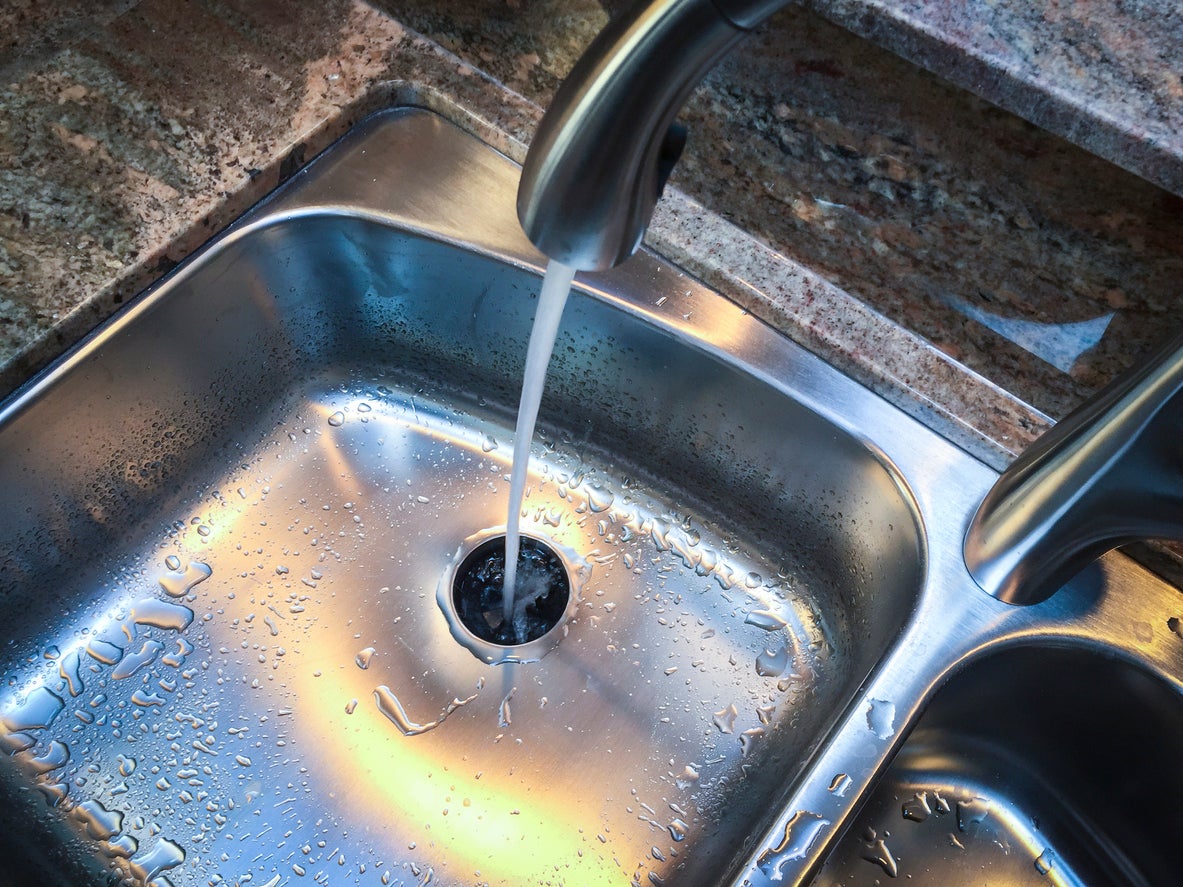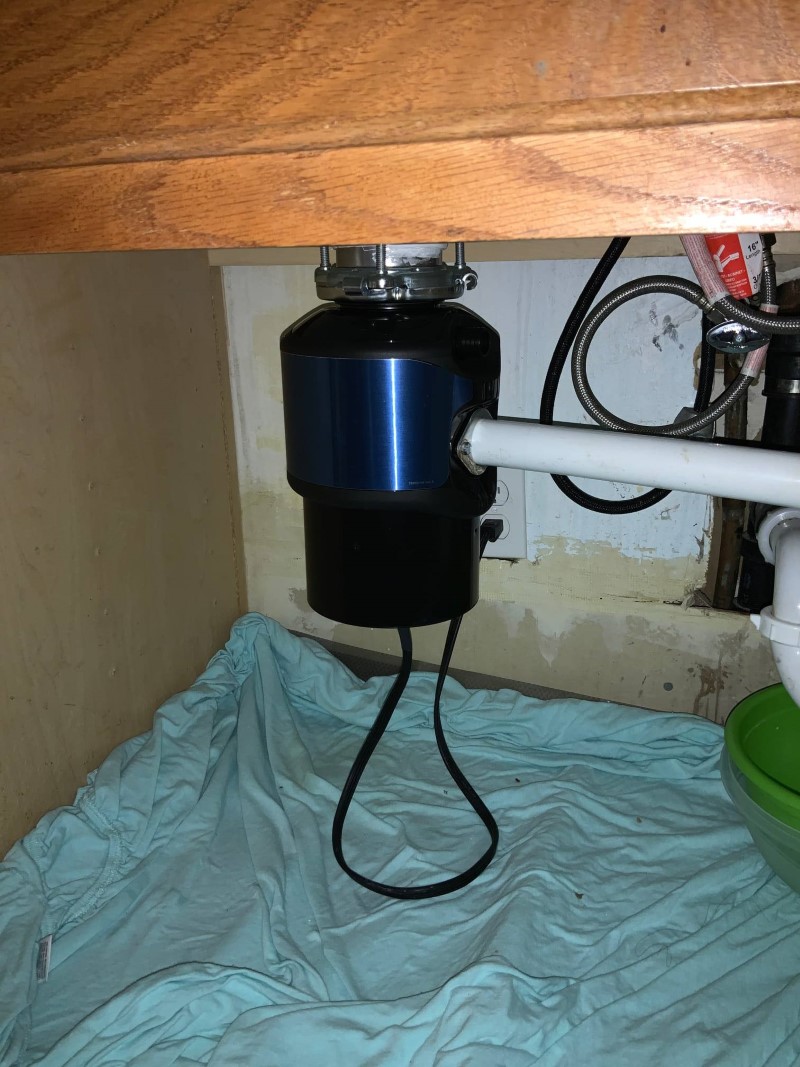We have found this article about Why Is below on the net and thought it made good sense to talk about it with you here.

Garbage disposals are essential kitchen home appliances that aid in dealing with food waste successfully. Nevertheless, a leaking waste disposal unit can be a discouraging and unpleasant issue to take care of. Thankfully, many leakages can be fixed quickly with a few basic steps. In this write-up, we will talk about exactly how to repair a dripping waste disposal unit successfully.
Intro
Waste disposal unit are mounted under kitchen area sinks and are designed to shred food waste right into smaller pieces, allowing it to travel through the plumbing system quickly. While these gadgets are usually reliable, leaks can take place in time due to damage, loose connections, or damage to the system.
Typical Sources Of Leaks in Waste Disposals
Worn Seals and Gaskets
Seals and gaskets play an essential function in avoiding water from leaking out of the garbage disposal. In time, these elements can weaken, leading to leakages around the disposal system.
Loose Connections
The links between the garbage disposal and the pipes system can end up being loosened over time, creating water to leakage out during procedure.
Cracks or Holes in the Disposal Device
Physical damage to the waste disposal unit, such as cracks or openings in the housing, can additionally cause leaks.
Identifying the Source of the Leakage
Before attempting to fix a dripping garbage disposal, it is necessary to identify the resource of the leakage. This can typically be done through aesthetic examination or by carrying out basic tests.
Visual Assessment
Examine the waste disposal unit system meticulously for any type of indicators of water leak. Pay attention to areas around seals, gaskets, and link factors.
Examining for Leaks
One way to check for leakages is by running water through the disposal system and checking for any visible signs of leakage.
Tools and Materials Needed for Dealing With a Dripping Waste Disposal Unit
Before beginning the repair procedure, collect the necessary tools and materials, consisting of a screwdriver, flexible wrench, plumbing professional's putty, substitute seals or gaskets, and epoxy or patching material for repairing fractures or openings.
Step-by-Step Guide to Fixing a Dripping Waste Disposal Unit
Shut off the Power
Before attempting any repair services, guarantee that the power to the waste disposal unit unit is turned off to avoid the danger of electric shock.
Find the Leakage
Determine the exact place of the leakage and identify the cause.
Tighten up Connections
Make use of a wrench to tighten any loose links between the disposal system and the plumbing system.
Change Seals or Gaskets
If the leak is due to worn seals or gaskets, remove the old parts and replace them with brand-new ones.
Patching Splits or Holes
For cracks or holes in the disposal device, use epoxy or an ideal patching product to secure the broken area.
Evaluating the Waste Disposal Unit After Repair Service
Once the repair is total, evaluate the waste disposal unit by running water via it to make sure that the leakage has been resolved.
Preventive Upkeep Tips to Prevent Future Leaks
To avoid future leakages, it is necessary to do routine upkeep on your garbage disposal. This consists of keeping it tidy, avoiding placing non-food products or tough items down the disposal, and periodically looking for leaks or other issues.
Verdict
To conclude, fixing a leaking waste disposal unit is a reasonably simple process that can be finished with standard devices and materials. By complying with the steps described in this write-up and exercising preventive upkeep, you can maintain your waste disposal unit in good working problem and prevent costly repairs in the future.
What to Do About a Leaking Garbage Disposal
A leaking garbage disposal often goes unnoticed until you confront a sopping cabinet, a foul-smelling puddle, or an audible drip-drip-drip from the unit. The fix can be frustrating, too, because the leak can stem from a number of components in the system. Fortunately, with a little sleuthing, you can zero in on the leak and—depending on the exact location—stop the icky oozing and repair the component that caused it. Worst case scenario, if it turns out that the garbage disposal must be replaced, installing a new one is a reasonable do-it-yourself task for those with basic plumbing skills. Read on to keep the cash you’d otherwise hand over to a pro.
Prepare to find the leak
Prior to testing the garbage disposal for leaks, unplug it at the wall outlet and turn off the power from the breaker box to prevent electrical shock. Then insert a watertight sink stopper into your sink drain and wipe the unit dry with a clean cloth. In any handy container, mix a few drops of food coloring into a few cups of water, and pour the dyed water onto the sink stopper to help you locate the leak.
Investigate the source
the top, where the disposal meets the sink drain the side, where the dishwasher hose or main drain pipe connects to the disposal or the bottom of the unit Inspect each of these locations while gliding a light-colored rag over the unit; the dyed water will readily show on the rag and reveal the location of the leak. If a leak isn’t immediately apparent, remove the sink stopper and pour a few more cups of dyed water down the sink drain, then check for leaks again. Leaks near the top of the unit are more likely to show themselves while the sink is plugged, while side and bottom leaks are more noticeable while the sink is unplugged.
The metal sink flange that sits directly inside the sink drain is typically sealed around the top with plumber’s putty (a clay-like sealant) and then secured from under the sink with bolts. If the plumber’s putty deteriorates, or the bolts loosen, the flange can no longer form a watertight seal between the sink drain and the disposal—which could cause a leak at the top of the unit.
To reseal the leaky flange, you must first detach the garbage disposal. Start by loosening the screws securing the main drain pipe to the disposal, then loosen the screws in the metal clamp securing the dishwasher hose to the disposal and detach the drain pipe and dishwasher hose from the disposal. Loosen the screws in the mounting ring that connects the disposal to the metal mounting assembly beneath the sink, then pull down the disposal and carefully set it on a clean, dry surface. Loosen the bolts in the mounting assembly with a wrench, then pull down the mounting assembly and set it near the disposal.

As an enthusiastic reader about Why Is , I thought sharing that excerpt was a smart idea. Enjoyed reading our piece? Please share it. Let others locate it. We treasure reading our article about Tips on Fixing a Leaking Garbage Disposal.
Visit Our Website